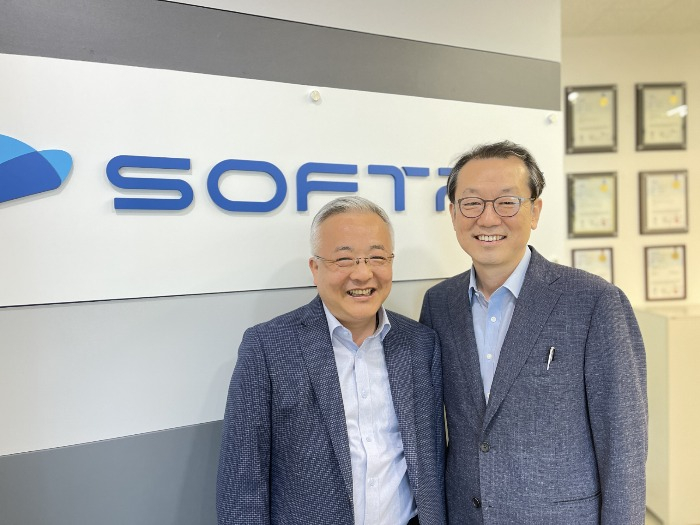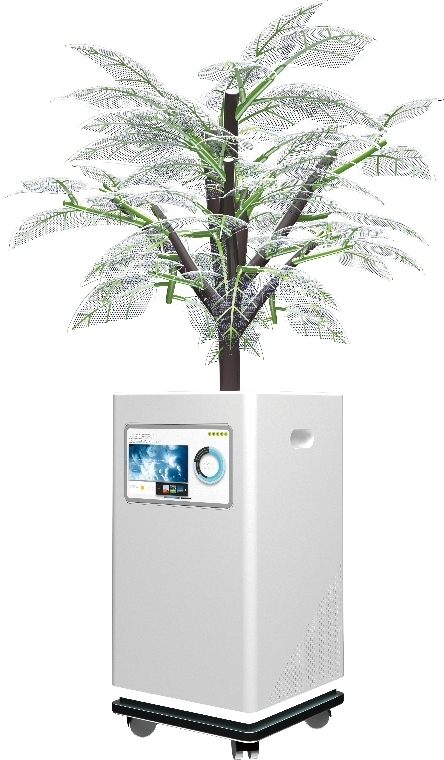SoftPV thinks outside the box to make marble-like modules
The modules' spherial shape allows for consistent stream of sun rays and helps boost transparency
By Feb 09, 2022 (Gmt+09:00)
LG Chem to sell water filter business to Glenwood PE for $692 million


Kyobo Life poised to buy Japan’s SBI Group-owned savings bank


KT&G eyes overseas M&A after rejecting activist fund's offer


StockX in merger talks with Naver’s online reseller Kream


Mirae Asset to be named Korea Post’s core real estate fund operator



The solar energy sector is enjoying renewed interest on the back of growing interest by investors in companies with good ESG (Environmental, Social, and Governance) standings.
Despite the reduced impact on the environment in the process, drawbacks are also clear. Conventional solar energy panels require massive land, which often leads to cutting down of trees.
South Korean startup Soft PV Inc. aims to solve the issue by introducing solar energy generators that can be attached to any and all structures including buildings.
Its trademark SOFTCELL is the world’s first three-dimensional SMD (surface mount device) micro solar cells, according to the Gyeonggi Province-based company.
Established in 2017, its core technology lies in the ability to manufacture spherical solar modules.
A series of solar cells assembled together become a module; and many modules put together make up a panel.
The advantage of a spherical solar module is that it can receive the rays of sun consistently without time restriction.
“Conventional panels' energy output changes depending on the angle of sunlight,” the company’s CEO Ahn Hyeon-woo explained. “Panels made up of spherical solar modules overcome this limitation and thus boasts higher efficiency.”
Thanks to such efficiency, SoftPV can produce clear solar panels. Spherical solar modules require fewer cells than the more common flat versions, allowing for a more sporadic placement of modules.
Because the cells are placed intermittently, the vacant spaces between boosts the level of transparency.
While an individual solar cell is usually in the shape of a square with 6 inches (15 cm) in length; a mini solar panel can have dimensions as short as 0.6 inches (1.5 cm.)
The company claims the cells it uses are typically 1- 2 mm, only a third of the size of a sesame seed. When placed sporadically they are imperceptible to the human eye.
Soft PV says it can enable anywhere between 10 - 90 percent transparency rate depending on the client's request.
The transparency enables diverse adaptation on a number of structures.
For instance, the panels can be attached on floor-to-ceiling glass windows, which means the panels will generate energy while still allowing people to see through the windows.
Other potential use cases include mounting on streetlights and bridges.

The company recently created a prototype of an artificial tree tentatively dubbed Soltria.
The transparent solar panels are mounted onto artificial leaves. Even when thousands of panels made to resemble leaves are stacked on top of each other, even the leaf placed at the bottom of the stack can receive sunlight.
Chemical engineer by trade, Ahn cut his teeth in the energy infrastructure sector at LG Chem Ltd.
The corporate experience led him to take interest in the renewable energy sector. In 2013, Ahn successfully registered for patents in South Korea and abroad for the spherical solar modules.
With a 3 billion won ($2.5 million) investment from SoftBank Ventures Korea Corp., the venture capital arm of SoftBank Group Corp. Ahn left the conglomerate and founded SoftPV.
Last year, the company was an honoree of the CES Innovation Award in the sustainability sector.
The 51-year-old said he believed technological innovation in the energy industry is a must and sought out experts in relevant areas to launch the startup.
Despite the techincal recognitions so far, the high installation cost remains a challenge. The cost of installing panels made up of spherical modules is about ten times as high as that of flat plate modules.
Within three years, the company plans to reduce the cost to about 1.5 fold of that of flat plate modules.
Write to Min-ki Kook at kook@hankyung.com
Jee Abbey Lee edited this article.
-

-

-
 Korean chipmakersEnergy-saving chips emerge as new battleground
Korean chipmakersEnergy-saving chips emerge as new battlegroundDec 20, 2021 (Gmt+09:00)
3 Min read -



